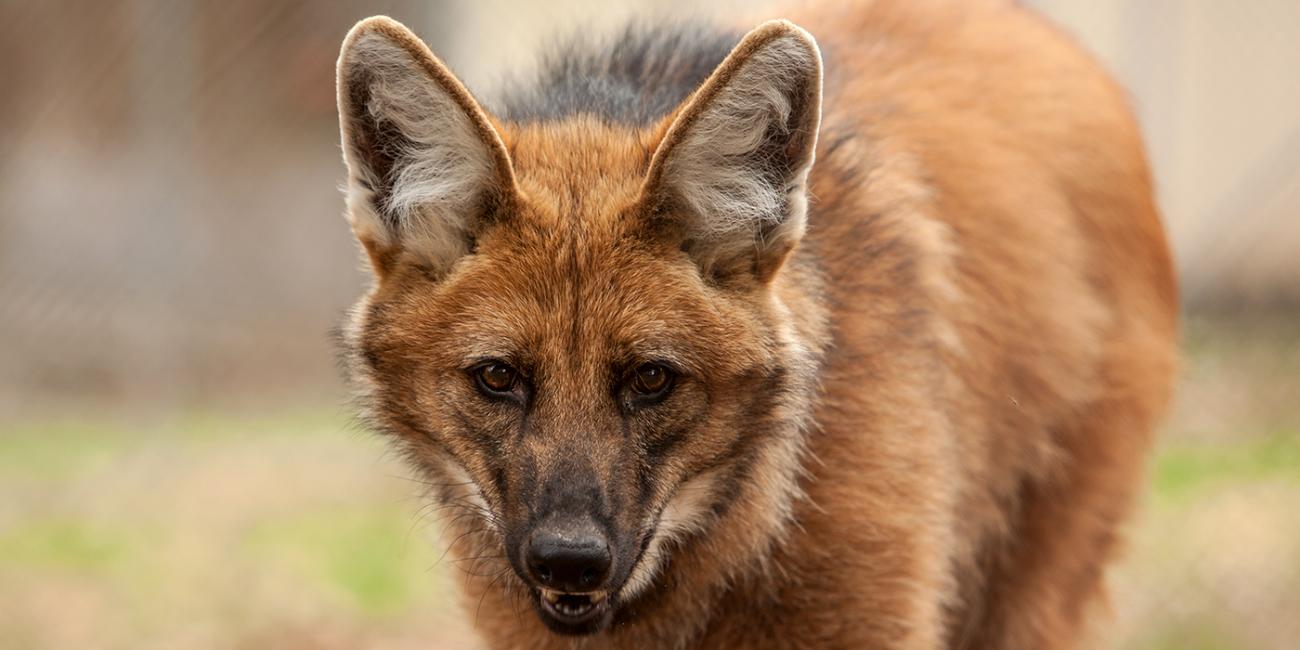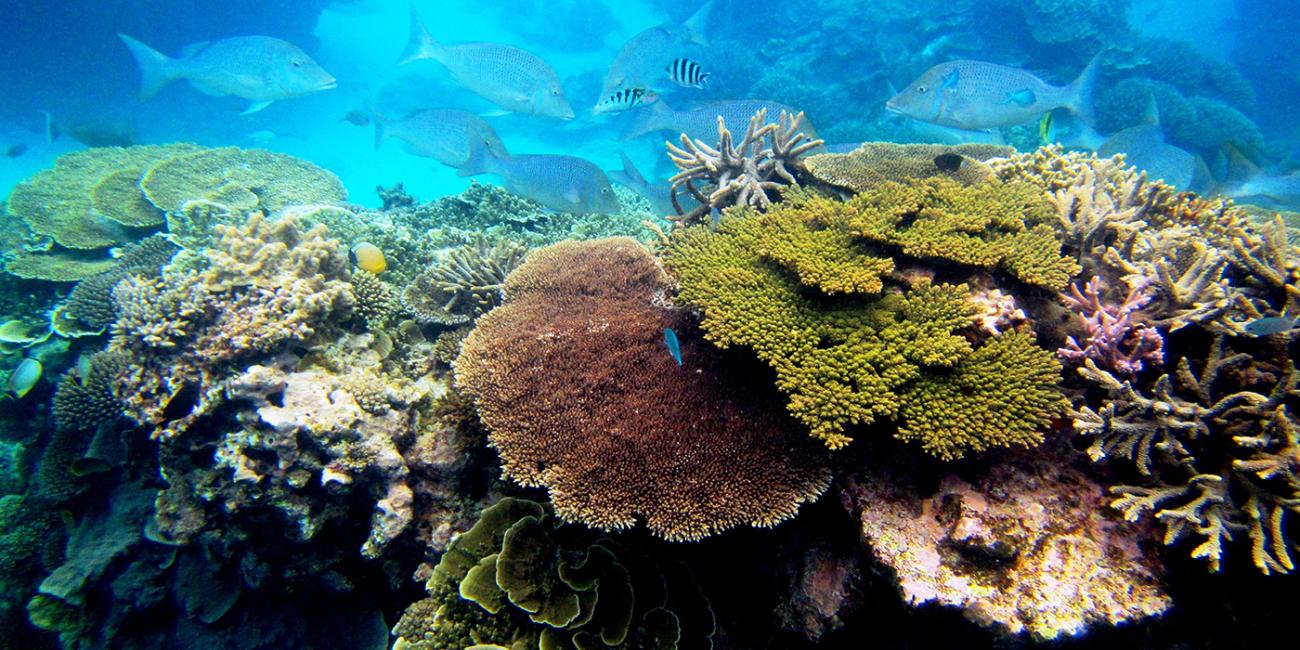Non-invasive and Environmental DNA
Non-invasive DNA analyses involve DNA collected without capturing or usually even touching an animal. It means collecting DNA from items that animals leave behind, including feces (scat, dung), hair, feathers, saliva or shed skin. Environmental DNA (eDNA) samples include DNA obtained from water and soil, reflecting the species that live in these habitats. These items are not the same as more traditional and richer sources of DNA (blood, tissue), and DNA yield and quality tend to be lower.
A variety of molecular methods can be applied to non-invasive samples, such as mitochondrial and nuclear DNA sequencing, microsatellite analyses, sex identification, diet identification, microbiome characterization and pathogen diagnosis. The microsatellite and mitochondrial DNA markers are usually variable enough such that individuals (except for identical twins) can be identified from use of only a few markers. The non-invasive DNA approach is extremely useful for estimating population sizes and densities of species that might otherwise be difficult to detect and count. Similarly, eDNA permits the analyses of communities that would otherwise be difficult to observe due to rarity or species sensitivity.
Combining non-invasive and environmental DNA with genetics methods helps Center for Conservation Genomics scientists and collaborators count endangered species, identify appropriate conservation and management units, and provide data on an individual animal's sex, diet, movement, mating pattern, health and relatedness to other individuals. The benefits of this approach include eliminating the need to observe, capture and handle individuals.
CCG’s program is one of a few in the world with the necessary field and laboratory expertise to combine non-invasive DNA with genetic and genomic methods. These methods help CCG scientists and conservationists learn about the ecology and evolution of rare, endangered and difficult to find animals.














